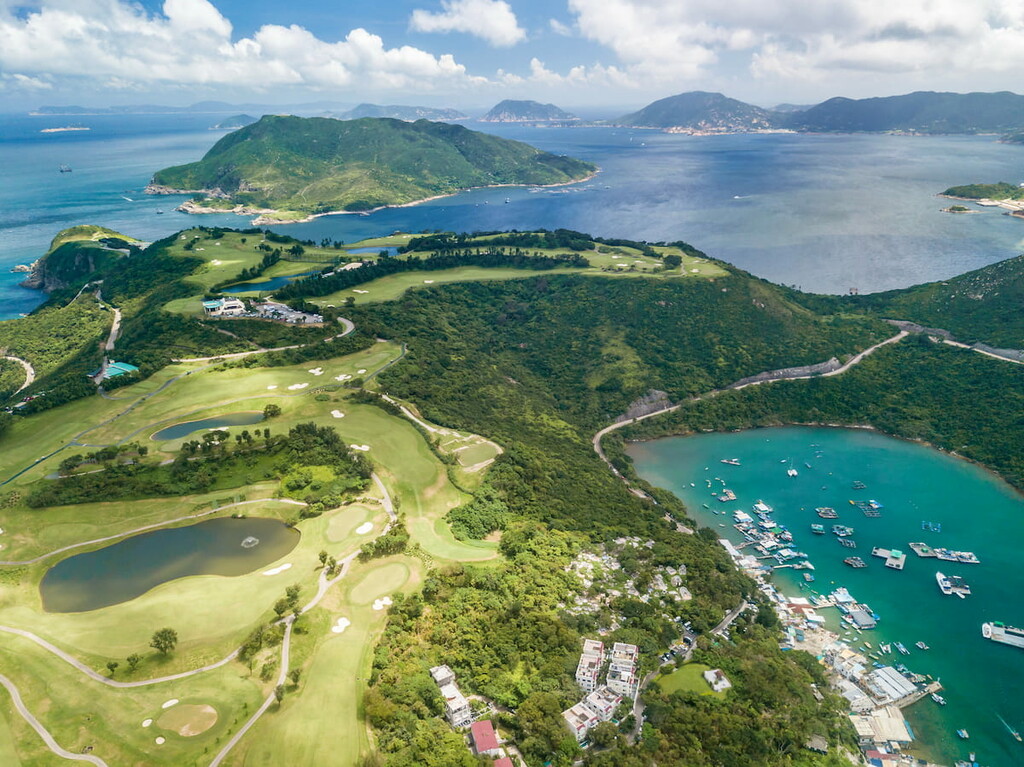Get PeakVisor App
Sign In
Search by GPS coordinates
- Latitude
- ° ' ''
- Longitude
- ° ' ''
- Units of Length

Yes
Cancel
Share ×

Scan the QR code and open PeakVisor on your phone
❤ Wishlist ×
Choose
Delete
Clear Water Bay Country Park is a craggy wilderness area with a sinuous coastline that’s located in the Hong Kong Special Administrative Region of China. There are 10 named peaks in the park, the highest and most prominent of which is High Junk Peak (344 m/1,129 ft).
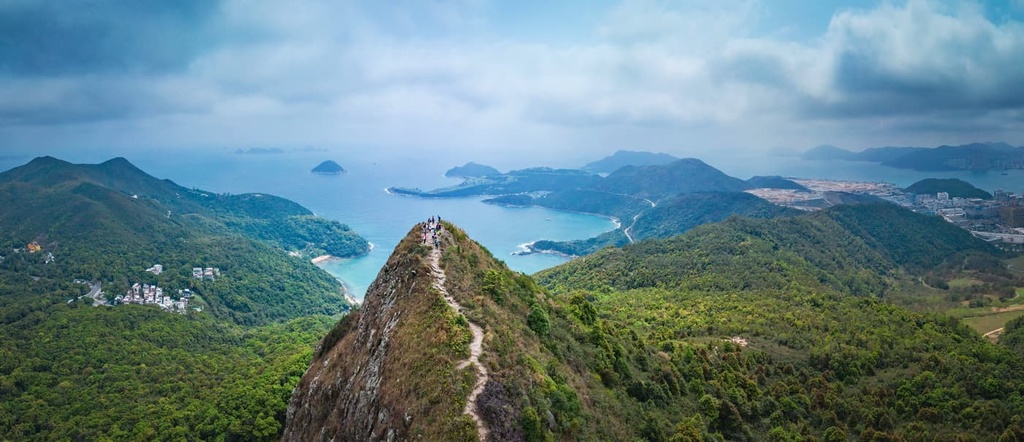
Commanding an area of 615 hectares (1,520 acres), Clear Water Bay Country Park is nestled in southeastern New Territories of Hong Kong. It occupies a good part of the Clear Water Bay Peninsula in the Sai Kung District.
The park contains three separate parts. The eastern part is a protrusion next to the South China Sea, while the western part is a swath of land that spans the Clear Water Bay Peninsula from north to south. The two parts are divided by a residential area and some beaches.
The third part of the park features Steep Island, which is located off the southeastern coast of the Peninsula. This small uninhabited island is not accessible by public transport but is a popular stop for kayakers.
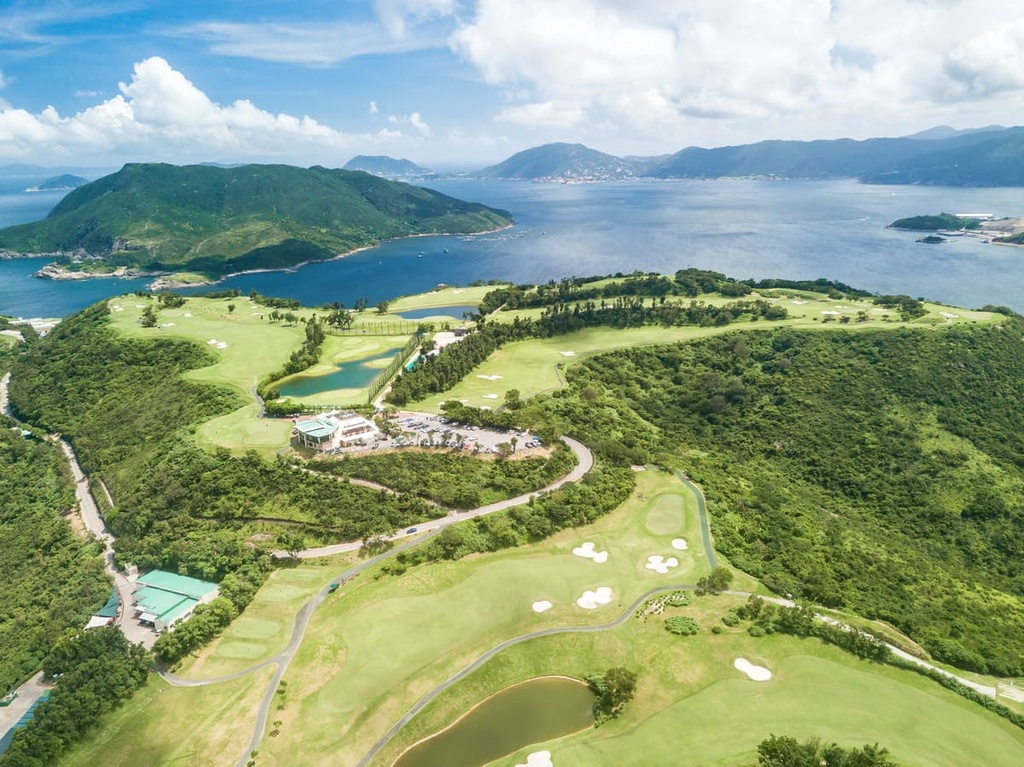
In 2009, below Tin Ha Shan in the southwestern side of the park, geologists discovered strata of breccias, which are coarse-grained rocks produced by volcanic eruptions that are composed of abundant angular fragments.
Since volcanic breccias are often found close to ancient volcanoes, geologists deduced that the site was the remnant of a volcanic vent. There is another site with a similar geology in the Clear Water Bay Golf and Country Club, which are both located just beyond the park’s borders.

This geologic deduction was further confirmed in 2012 by the discovery of the submerged remains of an ancient supervolcano off the coast of Sai Kung. The two sites with volcanic breccia are part of an 18-kilometer (11-mile) long caldera that was created by a massive eruption of the supervolcano some 140 million years ago.
Clear Water Bay Peninsula is a submergent coast that was formed either by a rise in sea level or crustal subsidence as a result of tectonic movement. The coast is constantly battered by strong waves that are driven by the region’s prevailing easterly winds. These winds and the subsequent strong waves in the region have given rise to various erosional features.
Much of the coastline is rocky foreshore with low cliffs and sea caves, including a 70-m (230-ft) deep cave on Steep Island. However, there are sandy beaches in the region, too, that can be found in sheltered bays throughout the park.
The park is carpeted by forests, scrublands, grasslands, and mangroves in intertidal areas. There are both natural and plantation forests in the park and they feature with common species like lance-leaved sterculia (Sterculia lanceolata), ivy tree (Schefflera heptaphylla), autumn maple (Bischofia javanica) and opposite-leaved fig (Ficus hispida).
The Clear Water Bay Tree Walk at the southern end of the eastern part of the park showcases interesting plants such as bamboo orchid (Arundina graminifolia), thistle (Cirsium hupehense) and monkey-pod (Archidendron clypearia).

Furthermore, the foothills of High Junk Peak harbors a patch of feng shui forest, which is a natural woodland enhanced by fruit trees and other plants with economic or medicinal value. In the old days, it sheltered houses from strong winds, protected slopes from erosion, and reputedly blocked evil spirits.
The park is an ideal location for bird watching, too. It features a healthy diversity of species including the red turtle-dove, crested myna, magpie and hwamei, just to name a few. The common gull is often sighted along the coast of the park.
The rich fauna in Clear Water Bay Country Park also supports an abundance of butterflies, such as the glassy tiger, Paris peacock, lemon pansy, lime blue, and large faun. However, mammals are relatively rare in the park apart from the wild boar, which is commonly found in most country parks, and the occasional masked palm civet.
The earliest sign of human activity in the area is a rock carving in Lung Ha Wan on the northeastern border of the park. Even though the age of the carving is uncertain, it features geometric patterns typical of the Bronze Age, which suggest that it is probably about 3,500 years old.
Lung Ha Wan is one of several similar ancient rock carvings found along the coast of Hong Kong, which are believed to be tributes to the spirits of the sea.

The oldest building in the area is the Tin Tau Temple at Joss House Bay off the southern end of the park. Built in 1266 during the late Song Dynasty, it is the oldest temple in Hong Kong as well as the biggest and most sacred among the city’s hundreds of Tin Hau temples, which are dedicated to the goddess of the sea (Tin Hau).
Behind the imposing facade, the well-preserved temple houses a main building with a statue of Tin Hau and four side halls. One of the halls is the deity’s bedroom, where worshippers touch the ‘Dragon Bed’ to ask for health, wealth, and offspring.
The area around Joss House Bay used to be a maritime trading outpost. The temple, which is also known as simply the ‘Big Temple,’ was built by two salt merchants who had survived drowning. In 1274, another salt merchant carved a rock inscription, the oldest dated one in the city, outside the temple.
There are a few fishing villages located between the eastern and western parts of the park, including Sheung Sze Wan Village and Po Toi O Village. The latter is famous for its seafood restaurants, floating fish rafts and appearance in the Hollywood blockbuster Lara Croft Tomb Raider: The Cradle of Life.
With its rugged terrain and coastal location, Clear Water Bay Country Park offers the best of land and sea to nature lovers. Here are the best routes to check out during your next trip to the park.
One of the ‘three treacherous peaks’ in Hong Kong, High Junk Peak is easily recognizable for its sharp pinnacle and unusually steep profile. It is a very challenging hike despite its modest elevation of 344 m (1,129 ft).
This 8.5-km (5.3-mi) route traverses the Clear Water Bay Peninsula from north to south. Less experienced hikers can stay on the High Junk Peak Country Trail that skirts the hill instead of climbing all the way to the top.

The route affords panoramic views of the many different faces of Hong Kong, such as the breath-taking coastline, the well-tended putting greens of a nearby country club amid an unkempt wilderness, and the heavily built-up residential area of Tseung Kwan O.
On a clear day, the vista from the summit stretches to the 108-storey International Commerce Centre (ICC) and the 88-storey Two International Finance Centre (2 IFC). Meanwhile, the city’s tallest buildings dominate the urban skyline on opposite sides of the Victoria Harbour.
The Lung Ha Wan Country Trail is a 2.3-km (1.4-mi) loop that starts and ends at Tai Au Mun Road. This short trail is occasionally steep but quite easy and very scenic. The highest point on the trail is Tai Leng Tung (291 m/ 955 ft).
The trail commands stunning views of High Junk Peak and Clear Water Bay on one side, as well as the islands off Sai Kung and the boundless Pacific Ocean beyond on the other side.
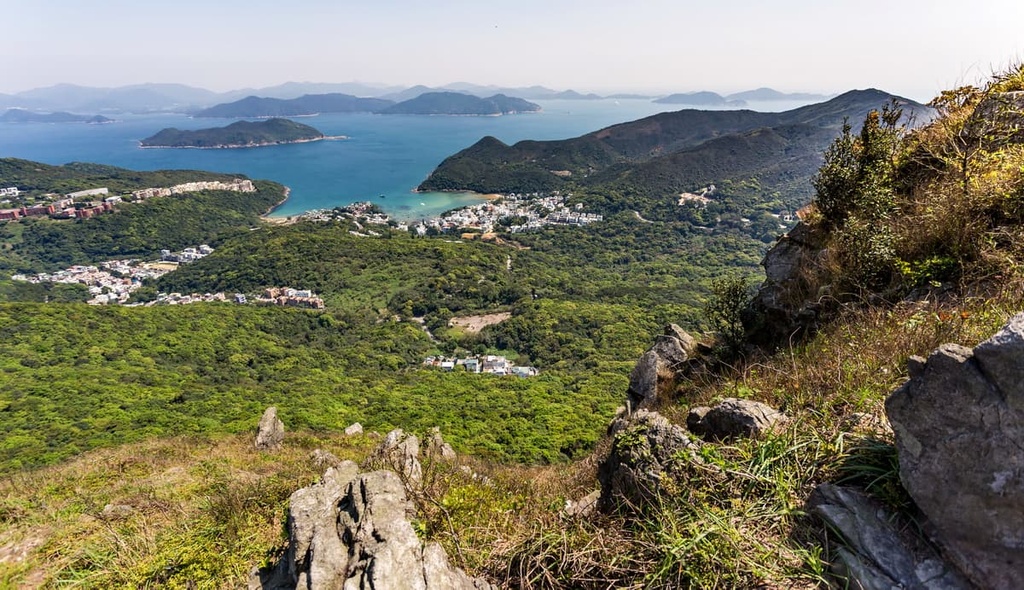
This part of the park has good facilities, including a visitor center, barbeque grounds, and kite-flying sites. The Clear Water Bay Tree Walk can also be accessed from the trail.
The gateway neighborhood to Clear Water Bay Country Park is Tseung Kwan O, the most urbanized area in the relatively undeveloped Sai Kung District. Sitting mostly on reclaimed land, the community contains large residential complexes, an industrial estate, and one of the three landfills in Hong Kong.
This down-to-earth neighborhood has a flamboyant side, though, as it is the base of the city’s movie and TV industry. It is home to the Shaw Studios (originally situated in nearby Clear Water Bay), which was actually nicknamed ‘Hollywood of the East’ in its heyday.
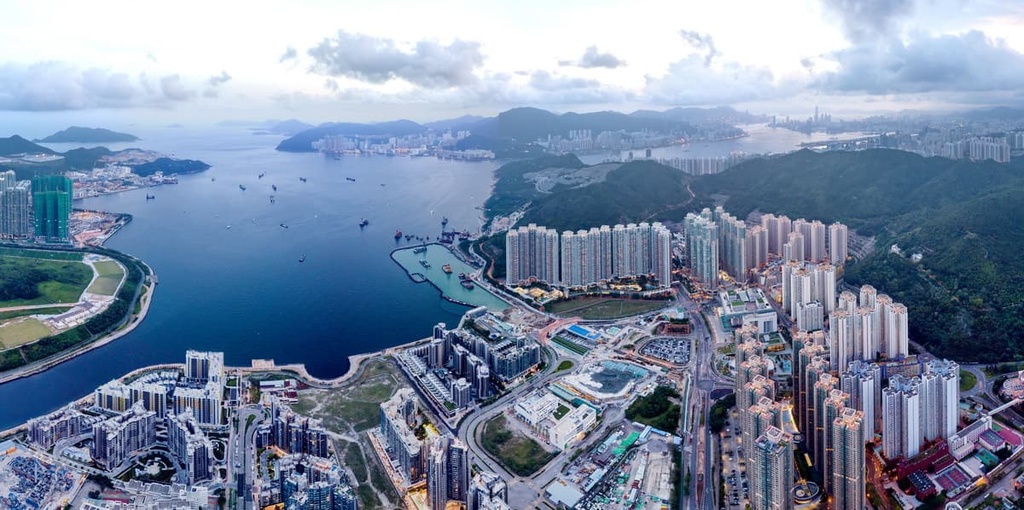
Explore Clear Water Bay Country Park with the PeakVisor 3D Map and identify its summits.

